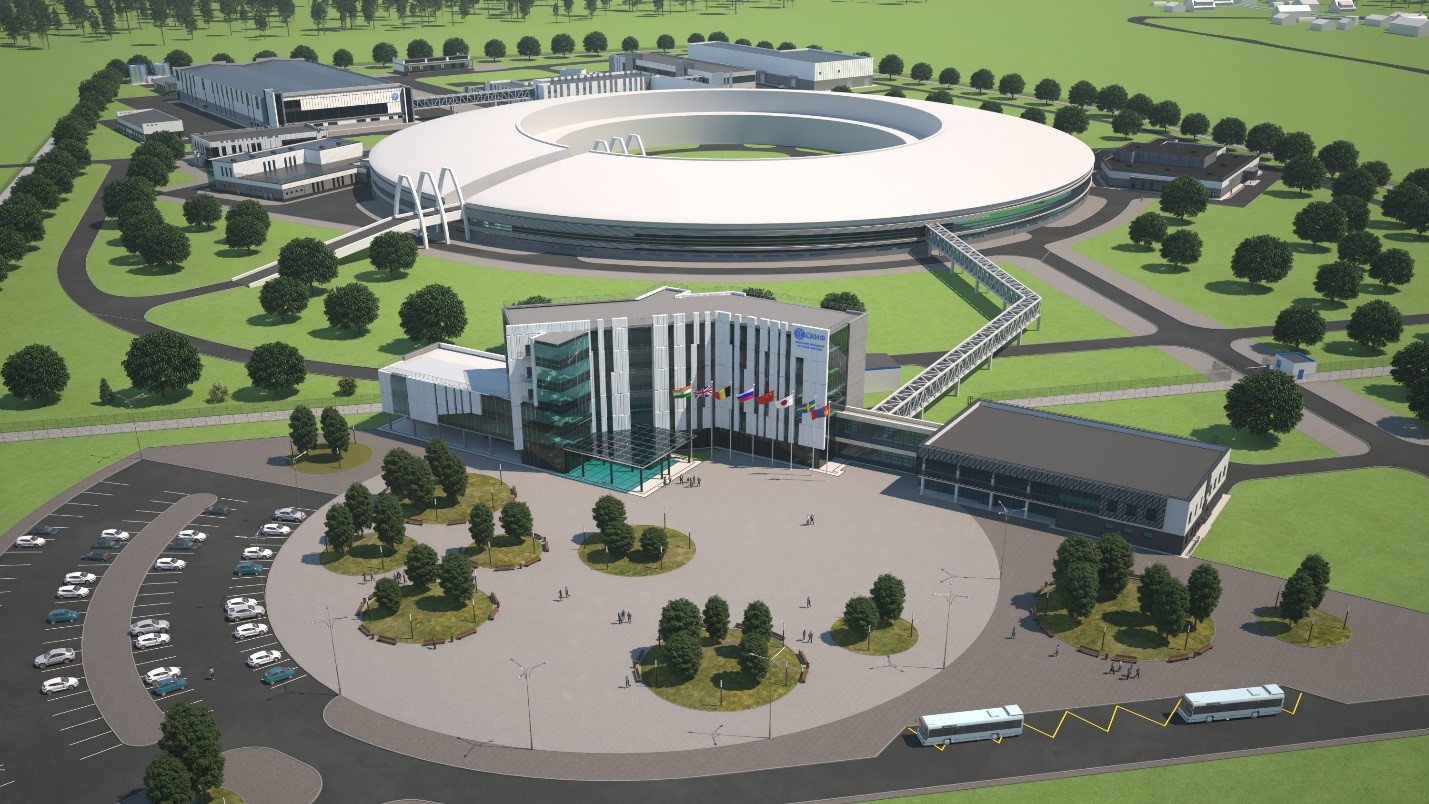
Boreskov Institute of Catalysis was founded in 1958 as a part of the Siberian Branch of the Russian Academy of Sciences. The founder and the first Director of the Institute till 1984 was academician Georgii Konstantinovich Boreskov.

One of the main activity areas of the Boreskov Institute of Catalysis is fundamental investigations in catalytic science to discover new principles of chemical reactions and to create innovative catalytic compositions and technologies.
Read more...

Boreskov Institute of Catalysis pays great attention to the training of young scientists. Each year more than 100 students and post-graduates are being trained at its research and educational facilities. The Institute collaborates with many educational organizations, including:
Read more...

For more than half a century, the Boreskov Institute of Catalysis is at a cutting edge of innovative R&D for chemical and petrochemical industries, energy power, environmental protection.
Read more...
31 December 2020
In November, 2020, Boreskov Institute of Catalysis (BIC) and Budker Institute of Nuclear Physics (BINP) signed the government contract for manufacturing equipment for Shared Research Facility “SKIF” (Siberian Circular Photon Source). To this date the BINP Experimental Plant works at various elements of the injection complex; the Experimental Plant has received the blueprints of the main systems of booster-synchrotron; the testing of the equipment crucial for the manufacturing has been completed.
The injection complex of the SKIF synchrotron includes the source of electrons, linear accelerator (linac), booster and two transport channels.
The electrons from the source enter the linac, where they are accelerated to the energy of 200 MeV, after which via electron-optical channel go into the booster-synchrotron and accelerate still more to the working energy of 3 GeV. This means that their speed virtually equals the speed of light. Then the electrons are passed via the second electron-optical channel into the accumulator – the radiation source. The major part of the equipment of the injection complex is manufactured by the BINP Experimental Plant.
“Up to date we have started manufacturing the elements of the electron source, linac, booster and transport channels. The manufacturing of linac as the unit that supposed to be launched first is well underway. In December we prepared a set of blueprints of all magnetic elements of the booster-synchrotron and passed them to the Experimental Plant. These elements are the most labor-intensive. The purchase requisitions for the materials and components have been prepared, the necessary accessories have been started to be manufactured. The employees of the BINP Experimental Plant have tested the crucially important equipment – the stamps for making the magnets providing the required precision of the pole surface. The test stamped plates have demonstrated a good quality, which testifies the complete readiness of the equipment for manufacturing the synchrotron magnets”, — commented Dr. Evgeny Levichev, BINP Deputy Director, Head of the “SKIF” Project Office.
The “SKIF” project is carried out within the framework of the “Nauka” National Project in order to realize the top-of-the-line domestic network of the next-generation sources of the synchrotron radiation in Russia. “SKIF” is also a flagman of the program of development of the Novosibirsk Akademgorodok known as “Akademgorodok 2.0”. “SKIF” is the shared research facility that would include not only the accelerator complex but also an intensive user infrastructure: experimental beamlines and laboratory complex. The construction of the SR source is to be completed in 2023, which would allow starting the experimental research in 2024. The estimated value of the project is 37.1 bln rubles.
The SRF “SKIF” is designed by AO “Tsentralny proektno-tekhnologicheski institute” of Rosatom (“Central Design and Technology Institute”, AO “TSPTI”, associated with the Fuel Company of Rosatom “TVEL”). AO “TSPTI” expects to obtain the decisions of the State Environmental Expertise and the Main State Expert Review Board for the design documentation and engineering survey in 2021.

SRF “SKIF” designed by AO “TSPTI”
Source: Press Service of Budker Institute of Nuclear Physics